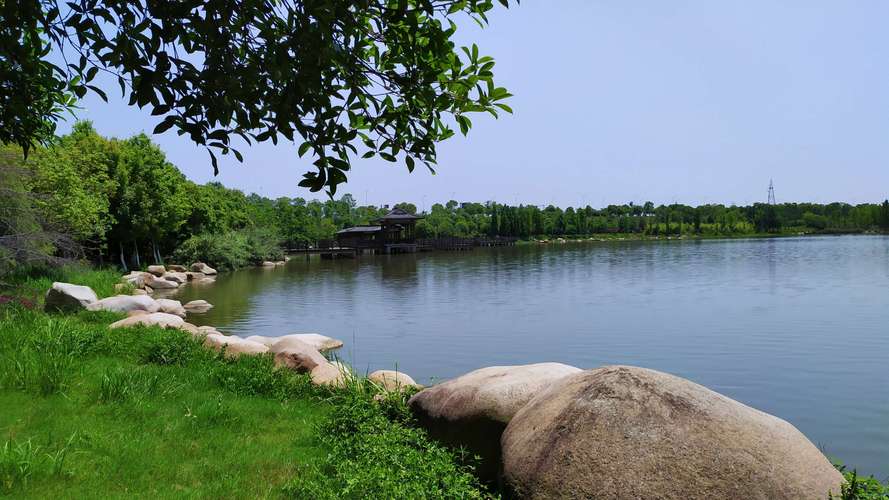Everything You Need to Know About Planaria: A Comprehensive Guide
Planaria is a flatworm found in freshwater streams, ponds, and lakes worldwide. These creatures are fascinating to study because of their remarkable regenerative abilities and simple anatomy. In this comprehensive guide, we’ll delve deeper into the world of planaria, including their characteristics, life cycle, habitats, and the latest research on these intriguing invertebrates.
Characteristics of Planaria
Planaria is a non-parasitic, free-living flatworm that has a flattened, elongated body with a distinct head and tail region. They are usually brown, gray, or black in color and have two eyespots on the head region, which help them respond to light and dark. Planaria has a soft, slimy texture and is typically 1-20mm in length, depending on the species.
Planaria has a remarkable feature of regrowing body parts, including the entire head and brain. This regeneration ability has made them a popular model organism for scientific research, particularly in the field of regenerative medicine.
Life Cycle of Planaria
Planaria reproduces asexually, which means they can produce offspring without a partner. They use a process called fission, where the body splits into two pieces, and both pieces regenerate into identical individuals. This process occurs in adult planaria when they grow to a certain length or experience physical damage. Planaria can also reproduce sexually, where two individuals exchange sperm, and fertilization takes place internally.
The eggs of planaria hatch into small, worm-like larvae, which develop into juvenile planarians that resemble adults but are smaller in size. Planaria can live up to a year or more, depending on the species and environmental conditions.
Habitats of Planaria
Planaria can be found in freshwater streams, ponds, and lakes worldwide, where they live in or on the substrate or vegetation. They are particularly abundant in slow-moving, nutrient-rich waters, where they feed on small invertebrates and decomposing organic matter.
Planaria can tolerate a range of temperatures, pH levels, and oxygen concentrations, making them adaptable to various aquatic environments. However, excessive pollution, changes in water chemistry, and human disturbance can harm their populations and affect their survival.
Research on Planaria
Planaria is an excellent model organism for scientific research due to their regenerative abilities and simple anatomy. Researchers use planaria to study cell differentiation, tissue regeneration, cancer, and aging. Numerous studies have been conducted on planaria, which have contributed to our understanding of biology and medicine.
For instance, scientists have discovered that planarian genes control tissue regeneration, and some of these genes have similar roles in human regeneration. This finding has provided insights into the potential use of planarian genes in regenerative medicine. Researchers have also studied planaria to better understand the cellular mechanisms of cancer and aging, which could lead to new therapies for these diseases.
Conclusion
In conclusion, planaria is a fascinating invertebrate with unique characteristics that make it an excellent model organism for scientific research. These flatworms have a remarkable ability to regenerate body parts, a simple anatomy, asexual and sexual reproduction, and an adaptable habitat. Research on planaria has contributed significantly to our understanding of biology and medicine, and their potential for medical breakthroughs makes them an exciting area of focus for future studies.
(Note: Do you have knowledge or insights to share? Unlock new opportunities and expand your reach by joining our authors team. Click Registration to join us and share your expertise with our readers.)
Speech tips:
Please note that any statements involving politics will not be approved.
